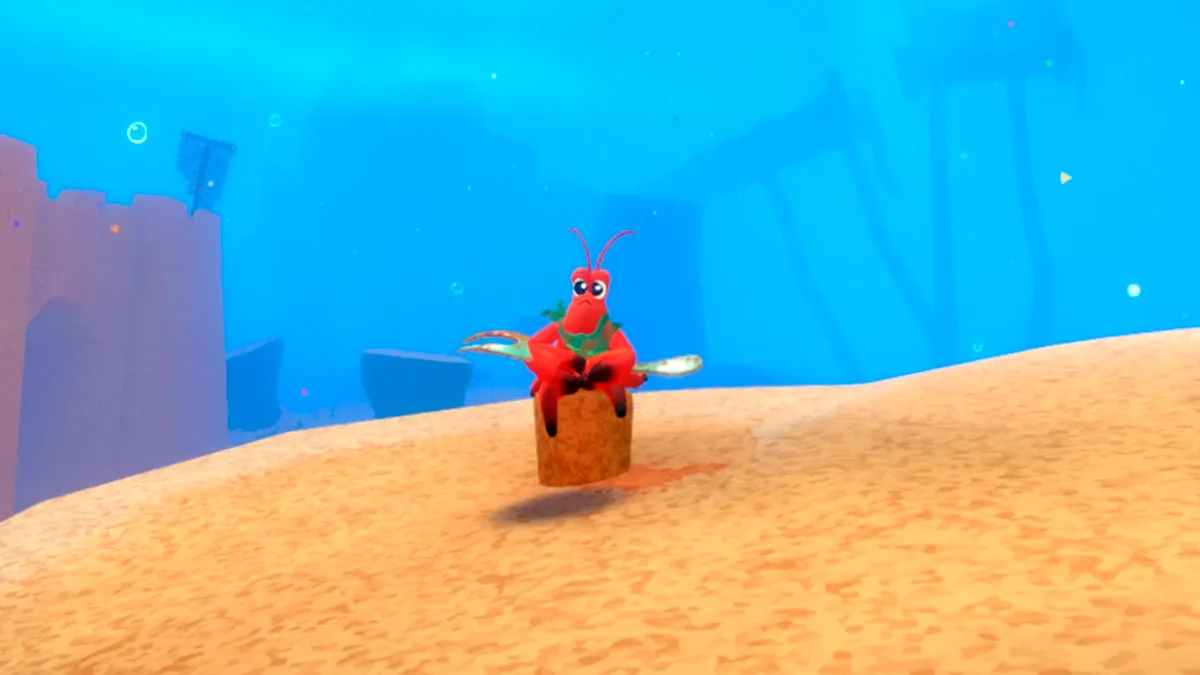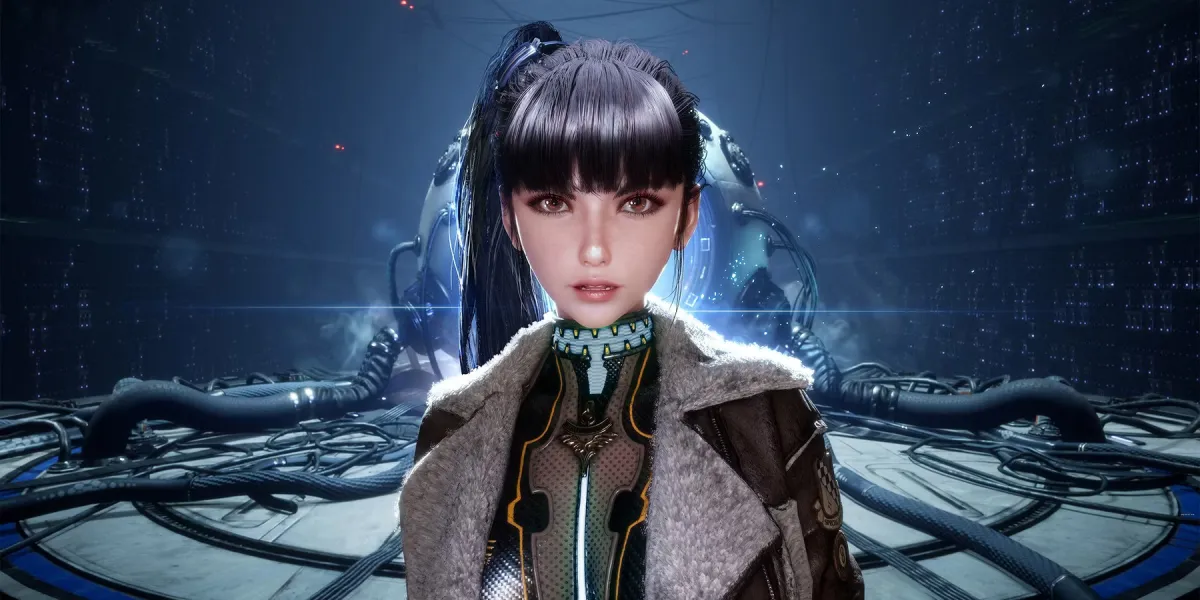2009 ought to be a good year for the mainstream RTS fan – especially those who prefer a more “sci-fi” flavor of things. The first installment of the long-awaited sequel to Blizzard’s classic StarCraft will almost certainly be hitting shelves this year (though, it is Blizzard, so there’s always the chance it might not). Beyond StarCraft II, though, Relic has served up quite a fine alternative with Warhammer 40,000: Dawn of War II.
If you go into Dawn of War II expecting a traditional RTS of the *Craft and Command & Conquer variety – build a base, harvest resources, train troops – you’re going to be rather caught off guard. The first Dawn of War had less of an emphasis on base construction and management than most RTS games, and DoW2 eschews it almost completely.
In fact, you’ll hardly ever see a base in the single-player campaign. In the campaign, you take command of a small force of Imperial Space Marines from the Blood Raven chapter as they fight off brutal Orks, defend the planets of the Imperium from the crafty Eldar, and try to halt the advance of the relentless Tyranid Swarm. You’ll never bring any more than four squads – your Force Commander and three specialized groups of your choosing – to any one mission, so instead of just amassing the largest force you can and just zerging the hell out of the enemy to win, Dawn of War demands a bit more patience and forethought.
In the absence of quantity, Dawn of War II gives your Blood Ravens a fairly wide range of abilities at their disposal. Your heavy gunners can focus fire on a target for a short period of time, your Force Commander can charge into the foes, crushing anything in his path, and your assault troops can use their jump-jets to crash onto the enemies and quickly engage them in melee. Victory in Dawn of War relies just as much on careful usage of these abilities and various items like grenades and medical kits as it does strategic planning. The fact that you never have to worry about more than four units at a time means that it’s easy to control your forces in the heat of combat – I never once felt overwhelmed by micromanagement even in the fiercest of firefights.
The individual squads – or rather, their squad leaders – all have personalities of their own, and while they’re all admittedly variants of your standard “grizzled space marine,” they’re all somehow likeable variants on the trope. While the setting and story really don’t dazzle and certainly don’t pull anything new, they’re certainly done competently enough and provide a decent backdrop that made me want to see what was coming next, if nothing else.
When taken in combination with the RPG-esque elements that let you customize your troops’ stats, abilities, and equipment, the whole package feels a bit more intimate than your usual RTS. I found myself growing attached to the Blood Ravens over the course of the game, something that I’d never thought I’d ever say about my forces in an RTS title.
For all the single-player campaign’s strengths, though, it’s by no means perfect. DoW2 could have benefited immensely from more varied missions. Nearly every deployment boils down to “Go kill this one bad guy. Kill all the (Orks/Tyranids/Eldar) in your way, and fight the boss.” It does get rather repetitive, and given that the few Defense missions in the game are actually really fun, it would have been nice to see some more of those, or other mission types.
If you’re looking for a more traditional RTS experience, the multiplayer might suit you more. In multiplayer, you can command any of four armies – Space Marines, Eldar, Orks, or Tyranids – with one of three Hero units that each possess their own abilities. There’s still no base-building in multiplayer; the closest approximation in Dawn of War II is that your headquarters can be upgraded twice to let you access more powerful units. Otherwise, all the resource management is taken care of by capturing nodes that steadily grant Requisition Points and Power over time.
It’s true that DoW2‘s approach vastly streamlines the RTS, deals away with concepts like build orders and tech trees, and neatly folds resource management into the ongoing conflict. On the other hand, the lack of bases feels somehow less engaging: depleting your foe’s Victory Points isn’t anywhere nearly as satisfying as seeing your troops demolish his base building by building, and the fact that you can’t construct additional headquarters means that you’ll never be taken by surprise when you think you’ve won – only to find that your opponent has another secret base from which he’s just launched a counter-attack.
Another shortcoming of DoW2‘s multiplayer is that it’s simply too different from the single-player campaign – in the long run, this isn’t really that much of a complaint at all, given that you’re effectively getting two games in one depending on your preference. However, it is a pretty dramatic shock to suddenly go from the small-scale experience you’ve been playing for five hours to a completely different arena with gameplay mechanics you’ve never experienced before. The game does recommend you start off playing against easy computer opponents, but a proper tutorial would have done wonders for the transition.
Despite being such a radical shift from normal RTS games, Dawn of War II works really well – the campaign is one of the best I’ve seen in a while, and is a fresh new take on the genre. Battles in the game feel appropriately visceral and chaotic – the character animations, with soldiers kneeling behind cover as they exchange fire, really go a long way toward making the player feel immersed in the action. The multiplayer doesn’t quite match up to the extremely high bar set by the campaign mode, with the lack of base control making it feel rather limited strategically, but it’s certainly passable.
I’m really not sure what to say about Dawn of War II other than that it’s just an incredibly solid, incredibly well-done title that fans of the genre will almost certainly enjoy – many will probably even love it. It tries some new things, some of which work better than others, but one has to give it up to Relic for trying.
The StarCraft II team has a high bar to clear.
Bottom Line: An excellent single-player campaign that feels like a RPG/RTS hybrid, albeit one that could have used more variety. Multiplayer can be hard to get into and isn’t quite as superb, but it’s more than serviceable. Looks awesome, controls smartly, and you get to paint grizzled space marines bright neon pink. What more could you want?
Recommendation: If you’re an RTS fan, definitely check it out. If you’re iffy on the genre, you might want to give it a try anyway – maybe the rather non-traditional campaign will be right up your alley.



